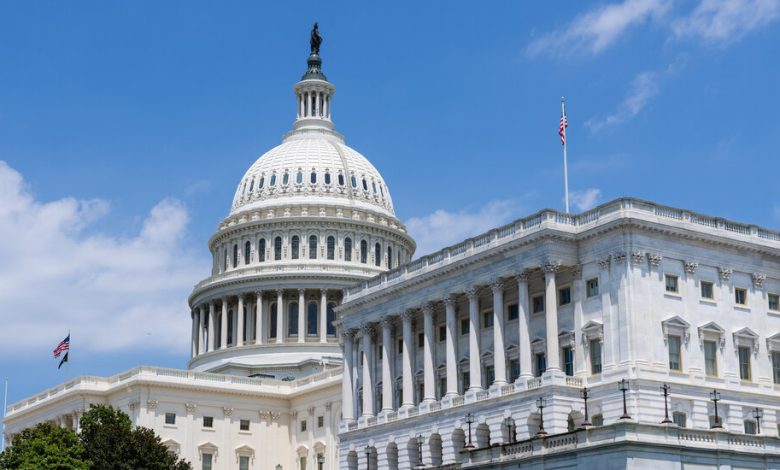Reliability of U.S. Economic Data Is in Jeopardy, Study Finds

Federal Reserve officials use government data to help determine when to raise or lower interest rates. Congress and the White House use it to decide when to extend jobless benefits or send out stimulus payments. Investors place billions of dollars worth of bets that are tied to monthly reports on job growth, inflation and retail sales.
But a new study says the integrity of that data is in increasing jeopardy.
The report, issued on Tuesday by the American Statistical Association, concludes that government statistics are reliable right now. But that could soon change, the study warns, citing factors including shrinking budgets, falling survey response rates and the potential for political interference.
The authors — statisticians from George Mason University, the Urban Institute and other institutions — likened the statistical system to physical infrastructure like highways and bridges: vital, but often ignored until something goes wrong.
“We do identify this sort of downward spiral as a threat, and that’s what we’re trying to counter,” said Nancy Potok, who served as chief statistician of the United States from 2017 to 2019 and was one of the report’s authors. “We’re not there yet, but if we don’t do something, that threat could become a reality, and in the not-too-distant future.”
The report, “The Nation’s Data at Risk,” highlights the threats facing statistics produced across the federal government, including data on education, health, crime and demographic trends.
But the risks to economic data are particularly notable because of the attention it receives from policymakers and investors. Most of that data is based on surveys of households or businesses. And response rates to government surveys have plummeted in recent years, as they have for private polls. The response rate to the Current Population Survey — the monthly survey of about 60,000 households that is the basis for the unemployment rate and other labor force statistics — has fallen to about 70 percent in recent months, from nearly 90 percent a decade ago.
